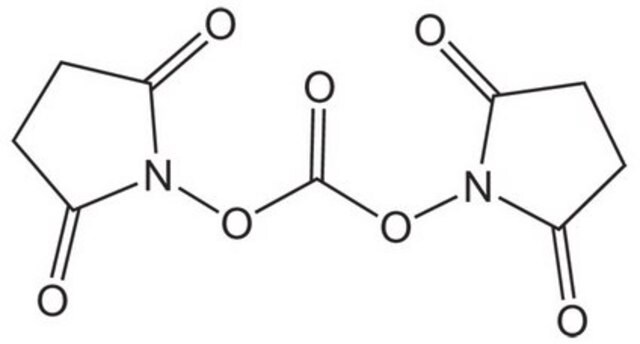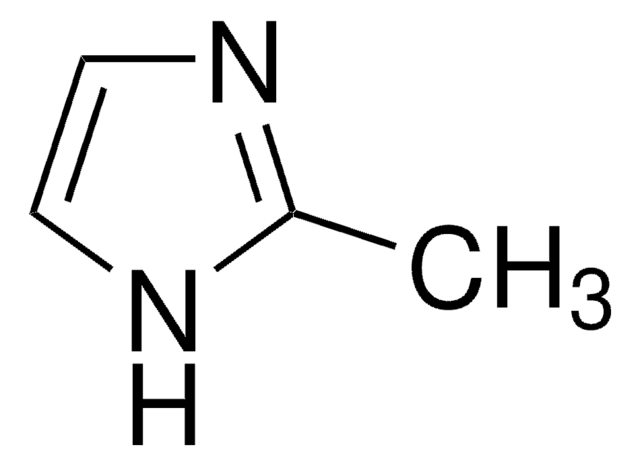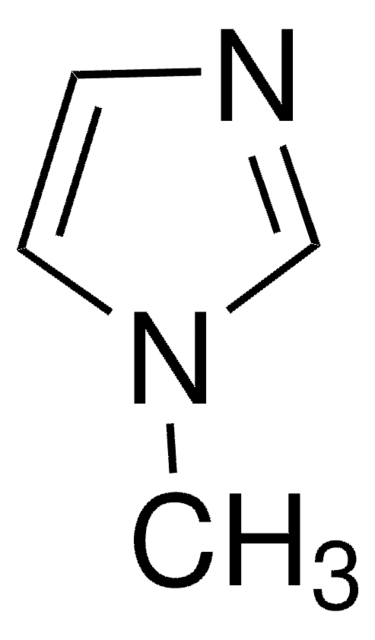21861
1,1′-Carbonyl-di-(1,2,4-triazole)
technical, ≥90% (T)
Synonyme(s) :
CDT
About This Item
Produits recommandés
Qualité
technical
Niveau de qualité
Pureté
≥90% (T)
Forme
powder
Capacité de réaction
reaction type: Carbonylations
Pf
138-152 °C
Application(s)
peptide synthesis
Température de stockage
2-8°C
Chaîne SMILES
O=C(n1cncn1)n2cncn2
InChI
1S/C5H4N6O/c12-5(10-3-6-1-8-10)11-4-7-2-9-11/h1-4H
Clé InChI
YHNUDLCUIKMNSN-UHFFFAOYSA-N
Vous recherchez des produits similaires ? Visite Guide de comparaison des produits
Autres remarques
Mention d'avertissement
Danger
Mentions de danger
Conseils de prudence
Classification des risques
Acute Tox. 4 Oral - Eye Dam. 1 - Repr. 2
Code de la classe de stockage
11 - Combustible Solids
Classe de danger pour l'eau (WGK)
WGK 3
Point d'éclair (°F)
Not applicable
Point d'éclair (°C)
Not applicable
Équipement de protection individuelle
Eyeshields, Gloves, type P3 (EN 143) respirator cartridges
Faites votre choix parmi les versions les plus récentes :
Déjà en possession de ce produit ?
Retrouvez la documentation relative aux produits que vous avez récemment achetés dans la Bibliothèque de documents.
Les clients ont également consulté
Notre équipe de scientifiques dispose d'une expérience dans tous les secteurs de la recherche, notamment en sciences de la vie, science des matériaux, synthèse chimique, chromatographie, analyse et dans de nombreux autres domaines..
Contacter notre Service technique













